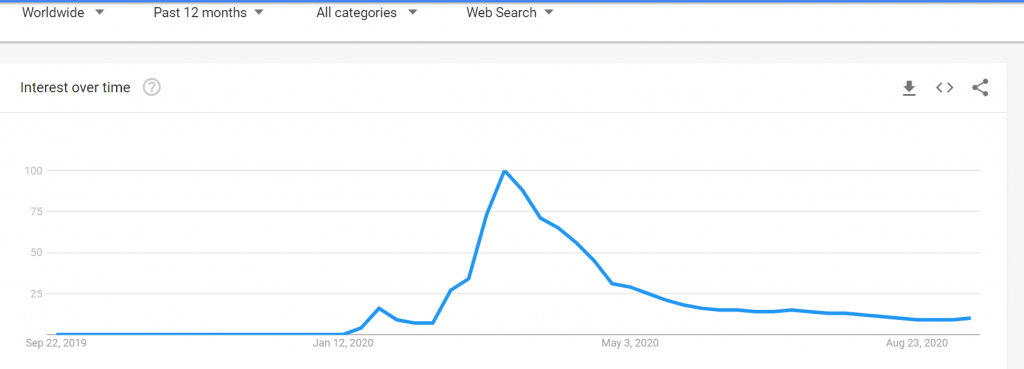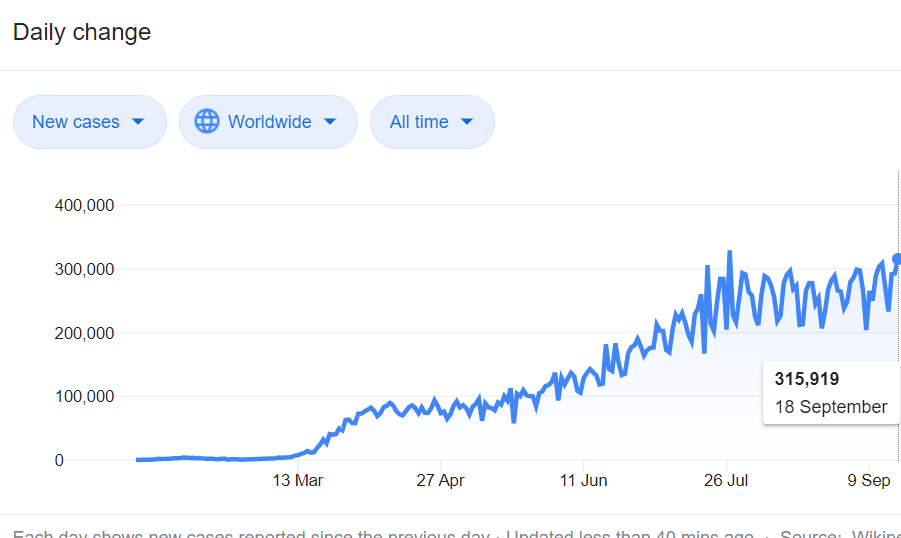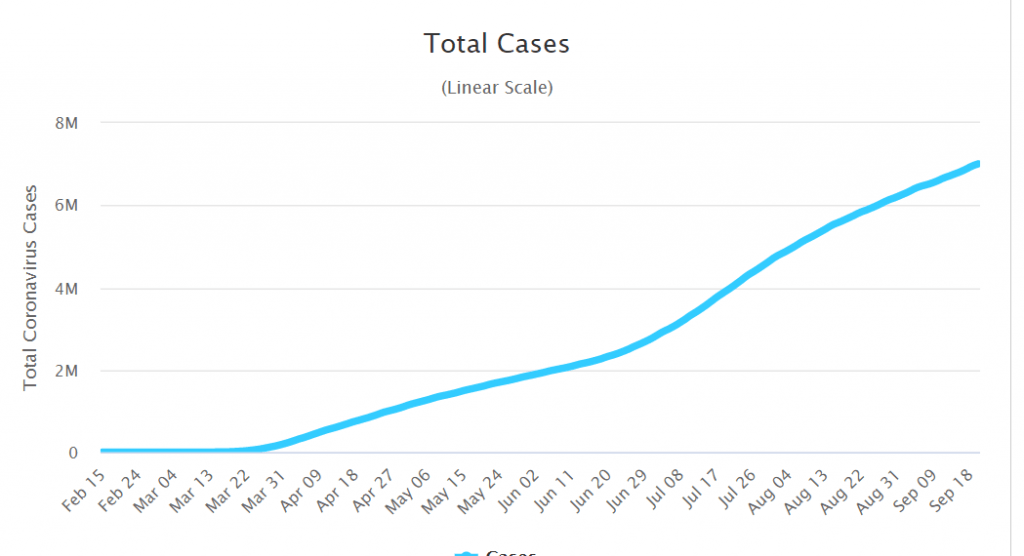Are people done with COVID-19? Oladoc sheds light on global Coronavirus search trends

The coronavirus has been dominating the news cycle and social media for months now, becoming one of the most talked-about topics in the world to the point of changing the way we use Google. It first appeared in Wuhan China at the end of 2019 quickly spreading throughout the region during January 2020. By February the virus had already broken the death toll record set by the SARS epidemic with 811 deaths in China alone. It then traveled through Asia (Japan and Iran) and Europe (Italy) and by March/April it had become one of the greatest threats humanity has faced since World War 2, becoming a global pandemic and killing more than 50,000 people.
This stage marked the beginning of the global economic lockdown where a large number of countries began massive quarantine and testing campaigns in order to try and flatten the curve. Some countries were successful in this endeavor but others such as the US and India are still struggling. However, if we were to look at the search volumes for the coronavirus, we would get a very different story. Google searches for ‘coronavirus’ as a phrase peaked in March/April and have been declining ever since, even in countries where the number of new cases is still rising. As shown in the graph below:
This graph shows a clear discrepancy between the rate at which the coronavirus is spreading and the public interest in the virus. The following graph shows the global spread of the virus and displays a clear upwards trend that has not reached a slump as of yet.
Oladoc-Find the Best Doctors, a digital healthcare company in Pakistan, has decided to try and understand why this is via research and analysis. One may naturally assume that this is occurring due to the reduction in cases and the gradual end of the pandemic, but this does not seem to be the case. A number of large countries such as the US and India are still struggling to contain the virus and still have a very large number of new cases every day, but even in these countries searches regarding the coronavirus are falling. So the question then becomes, why is this the case?
It is likely that the answer to this question is based on a large number of different factors, here we will be discussing two of the largest of these factors. Namely, the impact of the news cycle on the perception of the virus and the idea that humans have now grown accustomed to the virus and have accepted it as the new normal.
As far as the news is concerned, it is now a fairly well-established fact that most news outlets will only publish and promote stories that they think the public will read. This means that once the public begins to actively avoid coronavirus related news, there will be less coronavirus related news published. People have started to flock to news outlets that focus on good news or news that is not COVID related, according to the New York Times, stories that deal with good news are 12 times more popular than the rest. In fact, a number of advertising companies are restricting their ads so they do not appear in coronavirus related articles, further disincentivizing news companies from providing extensive coverage to the virus.
Although most people do seem to largely be aware of the state of the pandemic in their country, the presence of the virus has become a part of regular life for a large number of people. Most have been dealing with COVID-19 restrictions for months and have somewhat established their own lockdown routines. Now economic changes are causing more anxiety than the virus itself and this is reflected in the news. With more and more news agencies focusing on the impact of the virus on the economy and employment rates.
All of this combines to create a decrease in interest in the coronavirus itself as shown by the following chart from Google:
The interest in the coronavirus in the US peaked around February/March when the virus was first ramping up and the number of cases first began increasing rapidly as shown by the below US coronavirus graph
This graph clearly shows a discrepancy between the coronavirus infection rate and the public interest in the virus.
The news cycle and human adaptation are likely mainly responsible for this discrepancy. Although in the case of the US the role of the state in suppressing or discrediting coronavirus news cannot be ignored. To the point where people’s partisan positions have an impact on how seriously they take the pandemic.
Overall it can be clearly seen that there is a decrease in the attention the coronavirus is getting as people have transitioned into life in a post-corona world. It is clear that people are largely getting sick of the virus since it so completely dominated the news cycle for so long. Although there are still corona related stories that are being published, this Google chart shows that people are less interested in them. It seems that people are just tired of the coronavirus although the virus is far from gone.
Even though people seem to be done with coronavirus, it certainly seems that the virus is here to stay for the foreseeable future. It is thus necessary to take all the required precautions and practice social distancing. If you start experiencing any symptoms, you should rush to a general physician and get a prescription for a coronavirus test so that you can be sure if you have or have not contracted the infection and can act responsibly according to the results.










